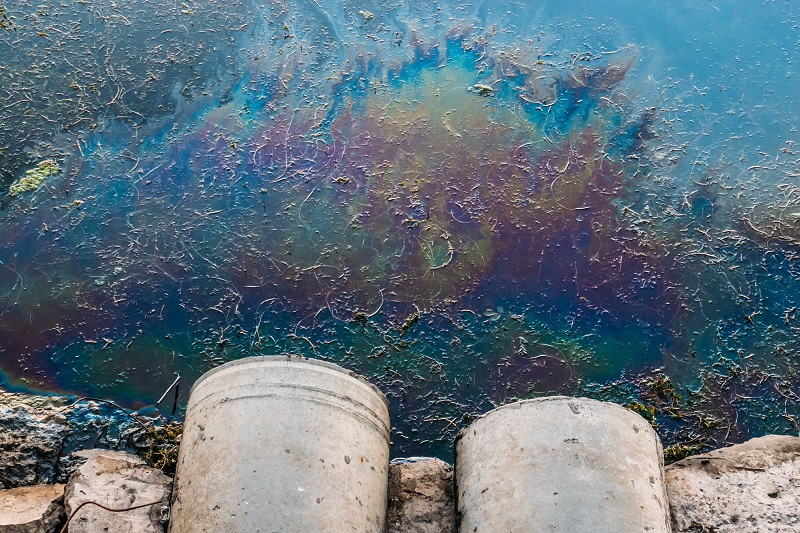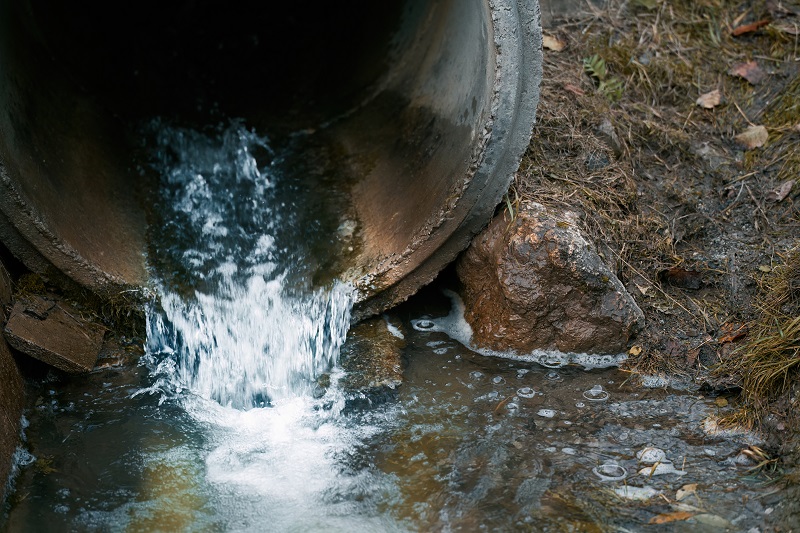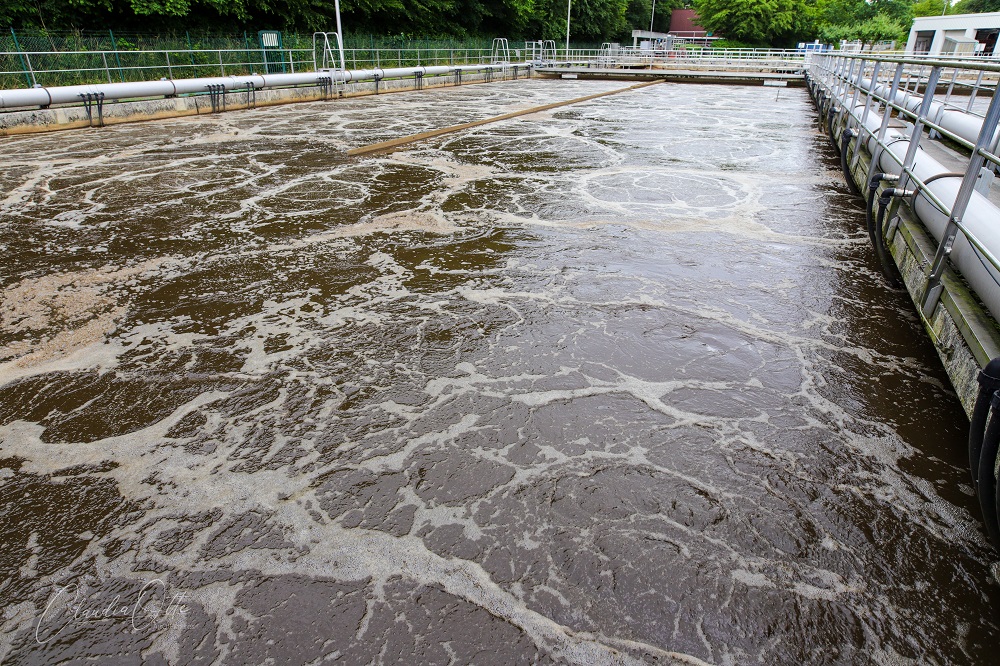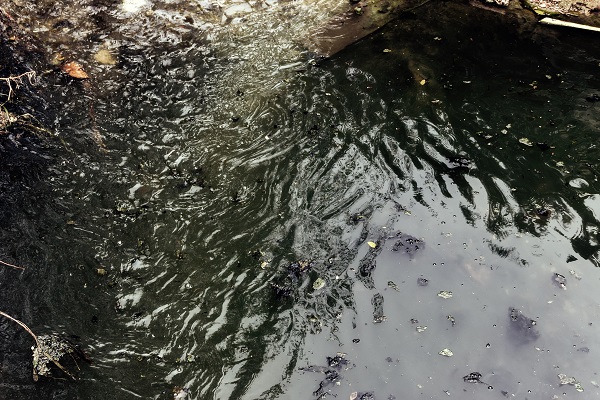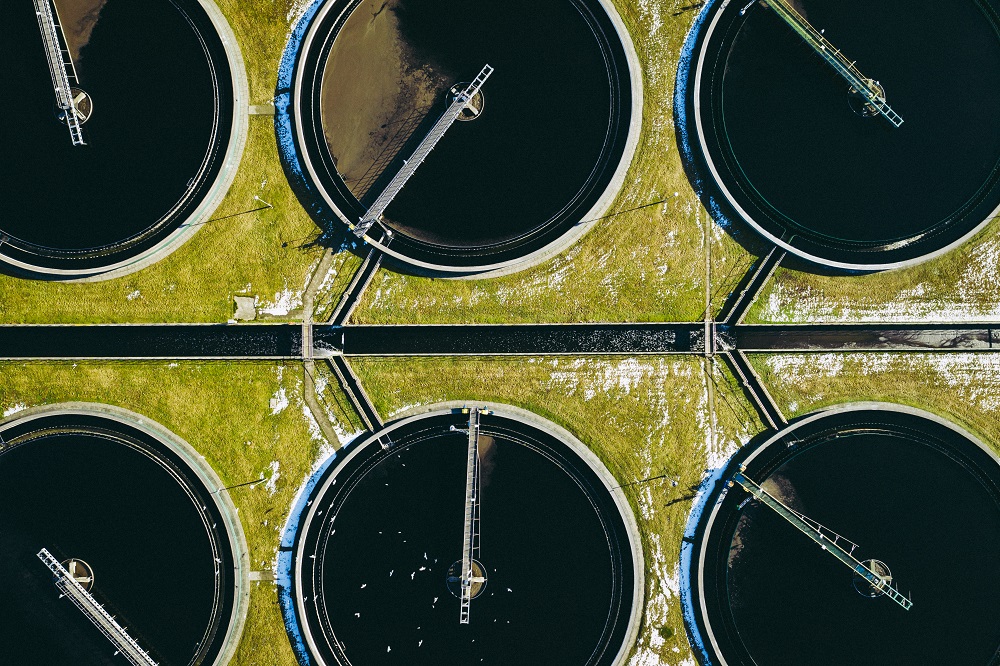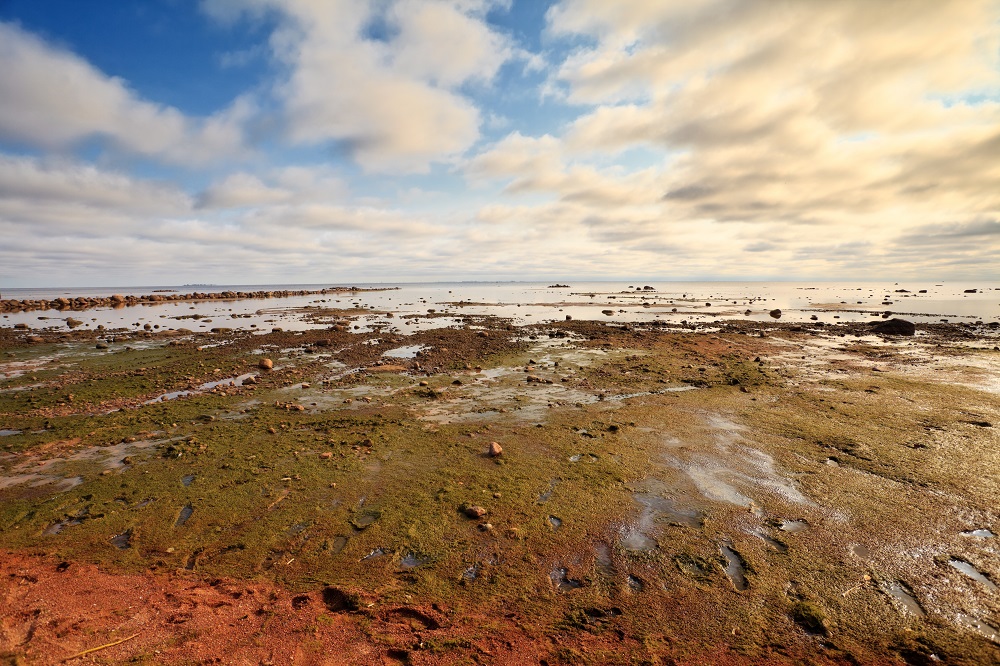Another crucial area for improvement is catchment management, says Mr Johnson. “Effectively, the whole catchment is connected to the sewage treatment system, so you want to store as much water in the catchment as possible, whether in ponds or through planting trees—this prevents the water from rapidly entering the sewage system and overwhelming the sewage treatment works,” he says. While engineering updates to the sewage system will be required to make sure that it is big enough for increasing inputs, these sorts of nature-based solutions for catchment management can make an important contribution. “Engineering will always do the heavy lifting, but green solutions can solve 10-20% of the problems—and if it gets even 10% of the budget, we can do massive things with that kind of funding,” says Mr Johnson.
Nature-based solutions are also important for another reason: getting communities engaged with the sewage problem at the grassroots level. Years of horror stories about polluted rivers and beaches have brought public outrage to a boiling point. In November 2024 15,000 people marched along the Thames to Parliament, holding signs with slogans like “species not faeces”.

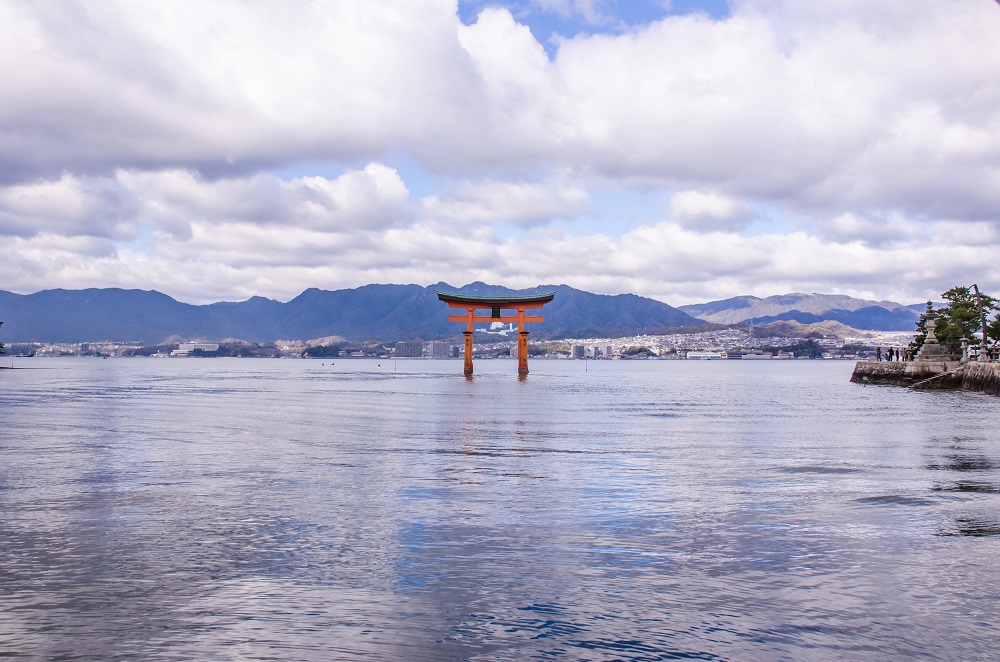








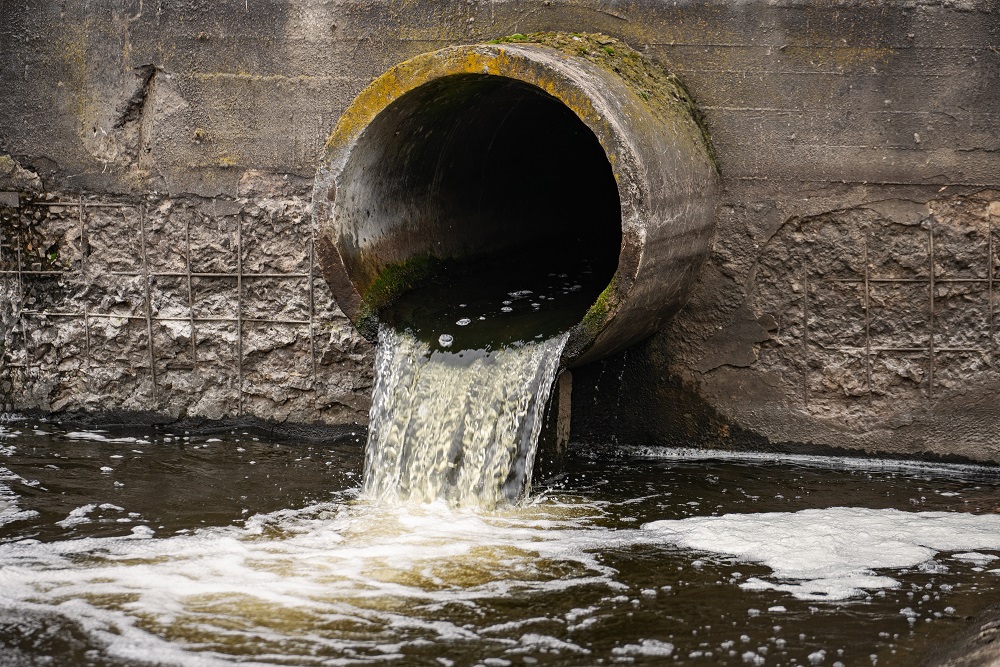 The scourge of untreated wastewater
The scourge of untreated wastewater Slowing
the chemical tide: safeguarding human and ocean health amid
chemical pollution
Slowing
the chemical tide: safeguarding human and ocean health amid
chemical pollution Hazardous chemicals in plastics - the discussions at INC
Hazardous chemicals in plastics - the discussions at INC







